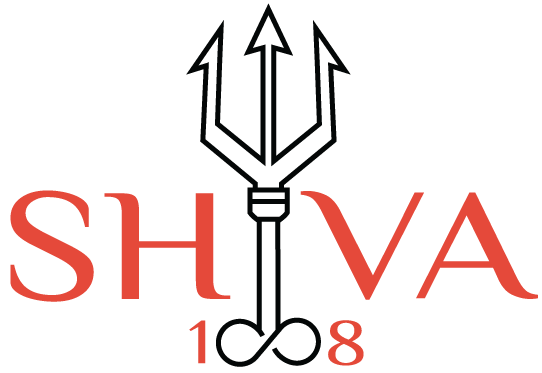The term “Shasta Avatar” is not widely recognized in Hindu mythology or scriptures. However, “Shasta” is a name associated with the regional deities worshipped in some parts of South India, particularly in the states of Karnataka and Tamil Nadu.
![]()
In this context, “Shasta” refers to a regional deity who is often considered a guardian deity of the hills and forests. Devotees believe in the protective and benevolent qualities of Shasta, and various forms and manifestations of this deity are worshipped in different places.
It’s important to note that while there might be local or regional beliefs and practices related to Shasta, it is not a well-known or widely worshiped deity on a national scale in Hinduism. If you are seeking specific information about Shasta Avatar or its associated worship practices, it would be beneficial to consult local religious authorities, temples, or traditions in the specific regions where Shasta is revered.
As beliefs and practices can vary significantly across different regions in India, the worship of regional deities like Shasta may have unique rituals and traditions associated with it.
Shasta– ‘ओम ह्रीं ह्रीं सफलायै सिद्धये ओम नमः’
‘Om Hreem Hreem Safalaayi Siddhaye Om Namah’
Table of Content
Avatar Info
Incarnation
Shasta is often associated with Lord Ayyappa, a revered deity in the southern Indian states of Kerala and Tamil Nadu. Lord Ayyappa is considered a composite deity, born out of the union of Lord Shiva and Lord Vishnu (in his Mohini form). The specific narrative varies, but a common version involves the union of Shiva and Mohini, resulting in the birth of Ayyappa.
This union is sometimes referred to as the “Shasta Avatar” or “Hariharan Puthiran” (meaning the son of Harihara, where Harihara represents the combined form of Vishnu and Shiva). The story of Lord Ayyappa is closely associated with the Sabarimala pilgrimage, which is one of the largest annual pilgrimages in the world.
Devotees of Lord Ayyappa celebrate his divine parentage, and the pilgrimage to Sabarimala is a significant aspect of their religious practices. Pilgrims typically follow a strict 41-day austerity period before undertaking the journey to the Sabarimala temple.
Place of Avatar
In Hindu mythology, the identification of Shasta as a distinct avatar of a major deity is not widespread. However, diverse regional traditions and interpretations exist, and at times, the term “Shasta” might be used to denote specific deities or manifestations. It’s crucial to recognize that beliefs and narratives can differ across various regions and sects within Hinduism.
If you are referring to a particular tradition or context with the term “Shasta Avatar” and are seeking information about its birthplace, providing additional details or context would be helpful. Without specific information, it becomes challenging to offer precise details about the birthplace of Shasta Avatar.
In the event that “Shasta” is a localized or recent concept, it is advisable to consult with a knowledgeable priest, scholar, or authority within the relevant religious or cultural tradition for more accurate and up-to-date insights.
Purpose
In Hinduism, avatars typically refer to the incarnations of major deities, such as Lord Vishnu’s avatars like Rama and Krishna. Each avatar is believed to serve a specific purpose, often related to restoring cosmic order (dharma) and protecting the righteous.
If “Shasta Avatar” has emerged within a particular sect, community, or recent interpretation, its purpose would depend on the teachings and beliefs associated with it in that specific context. To gain accurate and detailed information about the purpose of “Shasta Avatar,” it is recommended to consult with practitioners, scholars, or authorities within the relevant religious or cultural tradition.
Pujas for Shasta Avatar
Puja Vidhi
Puja Time
The concept of Shasta Avatar is not universally recognized in mainstream Hinduism, and there may not be specific or widely accepted Puja (worship) times associated with it. However, if Shasta refers to a localized or specific deity in a particular tradition, the worship practices and timings may vary.
If you have a specific deity or manifestation in mind when referring to Shasta Avatar, it’s recommended to consult with a knowledgeable priest or authority within that particular tradition. They can provide you with accurate information on the appropriate Puja times, rituals, and observances associated with Shasta Avatar in accordance with the specific beliefs and practices of that tradition.
In Hinduism, the timing of Pujas can also be influenced by factors such as the lunar calendar, regional customs, and specific festivals. Therefore, seeking guidance from a local religious authority or practitioner would be the most reliable way to obtain information on Puja timings for Shasta Avatar.
Puja Benefits

